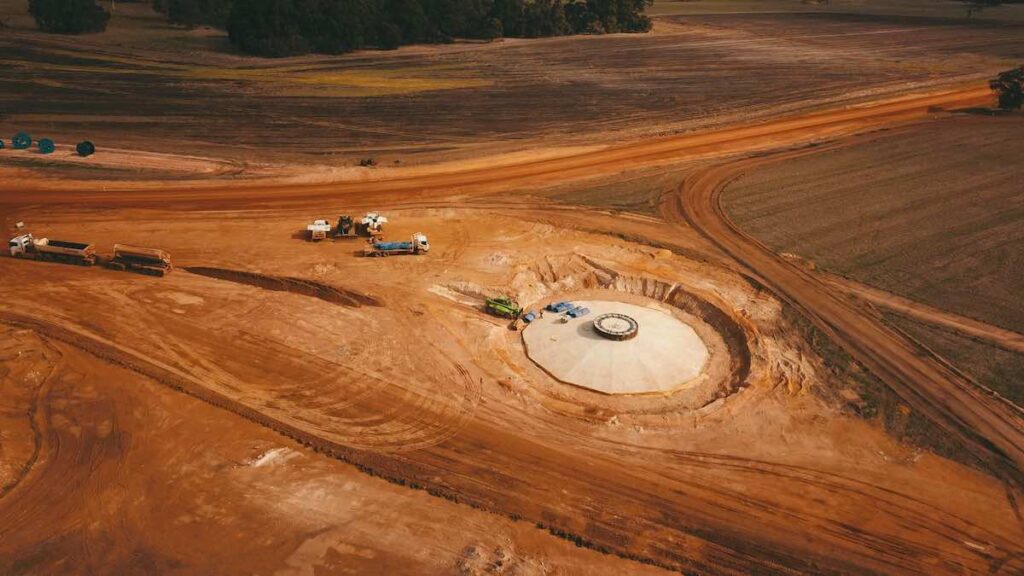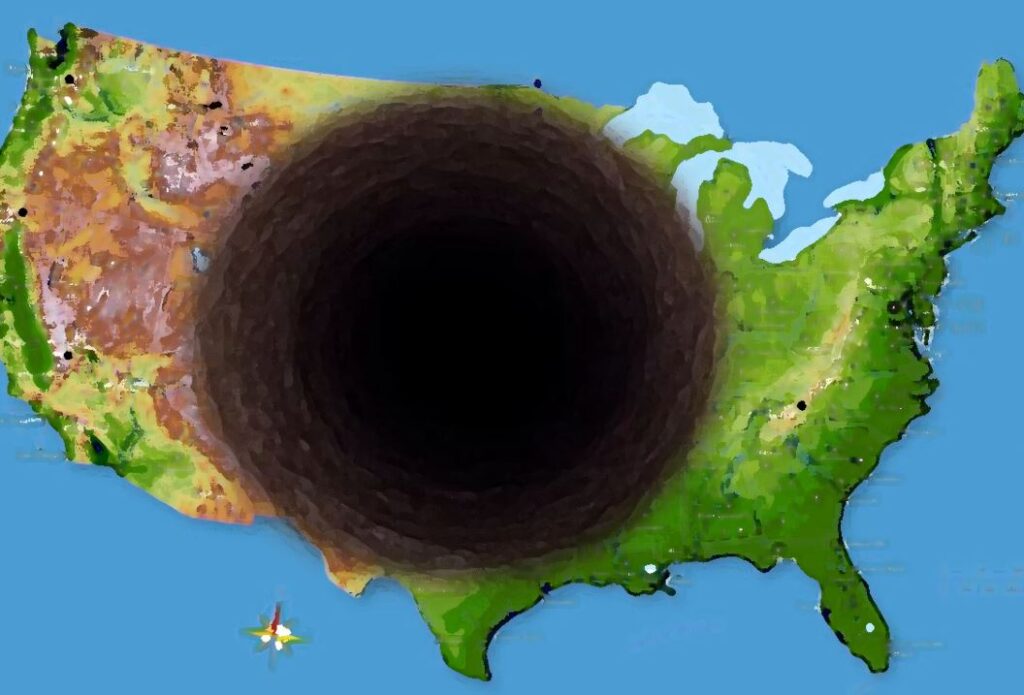Wildfires need more than money thrown at them to put the flames out
Pam Lewison
Pacific Research Institute
An ounce of prevention is worth a pound of cure. When mild winters with ample precipitation create an abundance of fire fuels, additional grazing allotments on lands controlled by the state should be opened in the spring.
It has been an extraordinary year for California fires. The Park Fire currently raging as of this writing in Butte and Tehama Counties has destroyed nearly 300 homes and businesses and remains just 18 percent contained. More than 200,000 acres of have burned so far, well above the five-year average of about 39,000 acres burned through mid-July. With $2.9 billion budgeted through 2029 and an additional $200 million annually dedicated specifically to wildfire prevention, is more money the answer?
Certainly, having more firefighters to battle blazes throughout a grueling season is an essential piece of the wildfire puzzle. Firefighting crews do dangerous work in an uncertain environment, taking on great risk and responsibility. It is work that should be recognized and rewarded accordingly.
However, an ounce of prevention is worth a pound of cure. When mild winters with ample precipitation create an abundance of fire fuels, additional grazing allotments on lands controlled by the state should be opened in the spring. The cost to taxpayers is non-existent and, in return, the state’s livestock raisers reduce wildfire risk through preventative means.
The benefits of grazing livestock go well beyond fine fuel reduction. Cattle, sheep, and goats are capable of reaching areas of landscape that people are not – clearing understory that would otherwise remain undisturbed. Additionally, livestock naturally aerate the soil with their hooves allowing for previously dormant plants to reemerge. The clearing of understory and fine fuels also provides habitat changes encouraging small wildlife and birds to return to the ecosystem. Livestock are also able to breakdown smaller deadfall trees and begin the natural composting process, further benefitting the soil.
Far from costing taxpayers money, opening additional grazing allotments to ranchers in need of forage could provide revenue for state agencies. The 2024 fee rate for a federal Bureau of Land Management grazing permit in California is $8.10 per animal per month. There are an estimated 5.1 million cattle and 570,000 sheep in California. On a six-month lease, that equates to $247.8 million and $27.7 million in potential earnings for cattle and sheep respectively if every cow or lamb was grazed on a state permit. Fire-prevention specific permits could be developed with any funds earned split between accounts for natural resources and fire prevention.




